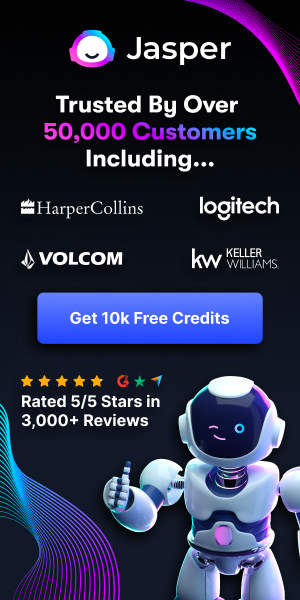
The Nebraska Department of Economic Development has outlined implementation steps for the new Angel Investment Tax Credit Program.
Investors can start applying for certification to be eligible for a 35 percent to 40 percent refundable state income tax credit for investment in certified Nebraska startups. The bill goes into effect Sept. 1.
The Angel Investment Tax Credit Program is part of the Talent and Innovation Initiative supported by Gov. Dave Heineman and approved by the Legislature this year. The package of bills aims to improve the state's economic climate for entrepreneurs, inventors and small businesses and as the governor has said, "put a laser-like focus on growing Nebraska's innovation economy,"




















